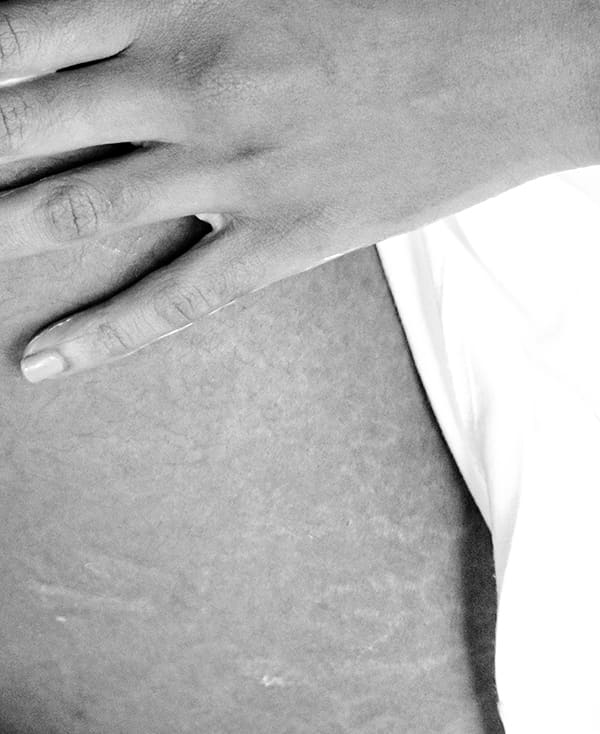Stretch marks


A widespread imperfection in women, men and growing boys, stretch marks are technically known as striae distensae. They are atrophic, linear and well-defined alterations of the dermal layer of the skin, mostly caused by an increase in the body mass.
They are essentially skin scars due to a lesion, which is almost always related to growth, localized and non-localized weight gain (also determined by muscle hypertrophy in athletes), pregnancy or breastfeeding.
Not surprisingly, stretch marks are almost always located on the inside of the thighs, on the back of the calves, on the outside of the buttocks, on the hips, on the belly, on the breasts and in the triceps area.
Although many mistakenly believe that stretch marks are a result of weight loss, their appearance as thin, elongated red marks that then fade to white (just like scars), is actually due to a tearing of the skin when it is not it is elastic enough to hold a new volume.
What happens with any weight loss, especially if considerable, is that, afterwards, the stretch marks appear atrophic and “empty”, and even more unwelcome.
Furthermore, stretch marks can also occur as a result of:
Stretch marks, due to their nature so similar to scars, are very difficult to erase.
Prevention is always the best weapon, therefore, in anticipation of an increase in body volumes, it is good practice to prepare the skin with creams and oils, through personalized massages, which Image Regenerative Clinic therapists will be happy to teach you.
As for the rest, the best procedures to mitigate stretch marks with satisfactory results are Fraxel Restore Dual and fractionated CO2 lasers. These “fractional” laser treatments favor the natural healing process of the skin, which is replaced by new tissue.